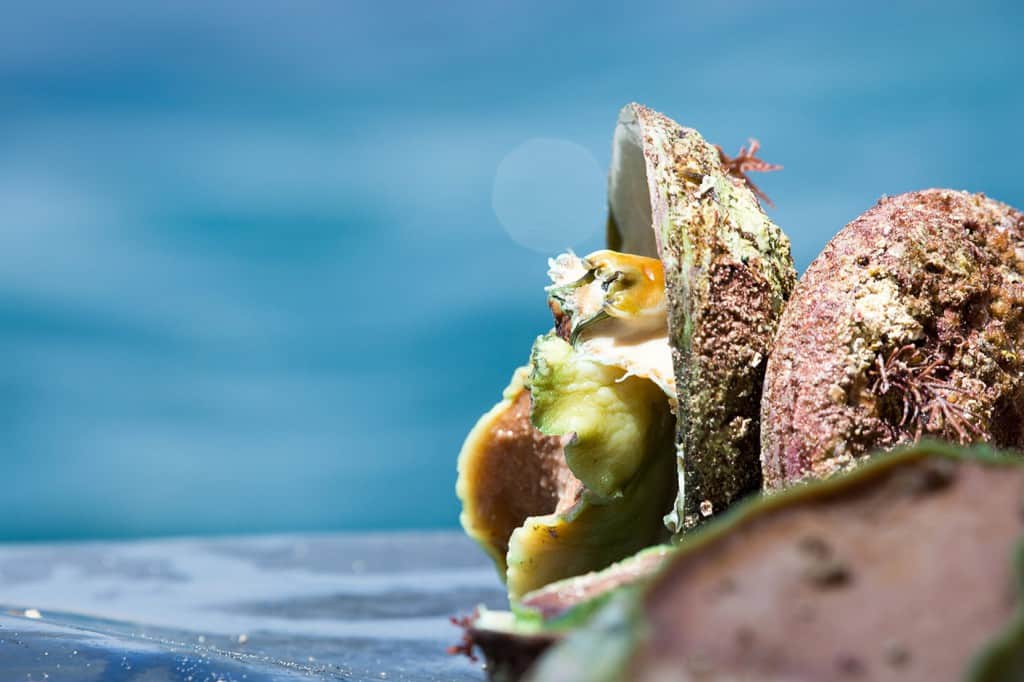Eyre Peninsula’s mild climate and pristine ocean makes it perfectly situated for producing high quality abalone in a sustainable manner.
While up to 90% of Australia’s abalone is harvested in the wild, the farmed sector is growing quickly, largely driven by the Chinese market which prizes abalone for its health benefits.
Eyre Peninsula is home to three land-based abalone farms in Port Lincoln and Streaky Bay, which produce the highly prized Greenlip abalone. Using innovative aquaculture techniques that are not subject to size or quota restrictions has enabled the industry to meet market needs while reducing the pressure on precious wild stocks.
Eyre Peninsula growers have developed a high-quality supply, good texture, good flavour and consistent size, making the product appealing to both domestic and export markets.
History
Abalone farming was first developed in Japan over 50 years ago in response to a decline in wild stocks as a result of over-exploitation. Farmed abalone in South Australia commenced in the late 1980s near Port Lincoln and has grown significantly since. The majority of the abalone farmed commercially is Greenlip Abalone.
While Australia produces nearly half of the world’s wild-caught abalone, it currently contributes less than 4% of farmed abalone. However, with abalone aquaculture poised to grow substantially over the next five years, the industry has the potential to make a significant contribution to Australia’s export earnings and regional employment.
Sustainability
A move to farmed abalone has reduced the pressure on global wild abalone stocks, ensuring long-term sustainability for both wild and farmed species.
Eyre Peninsula abalone farms are located in isolated areas that are free from urban and industrial development and major river systems carrying sediments or pollutants. Sites are chosen for access to deep clean water, proximity to transport and processing infrastructure and the central position within the naturally occurring habitat of Greenlip abalone.
Abalone farming is considered to have a relatively low environmental impact, based on studies of nitrogen levels in the effluent produced. In addition, abalone aquaculture policy guidelines include the installation of coarse filtration, sediment traps or settlement ponds to ensure the removal of solids from discharge water. Stringent water quality monitoring programs, approved by the Department of Environmental Protection are placed as a condition on abalone licences and must be carried out regularly to DEP standards.
